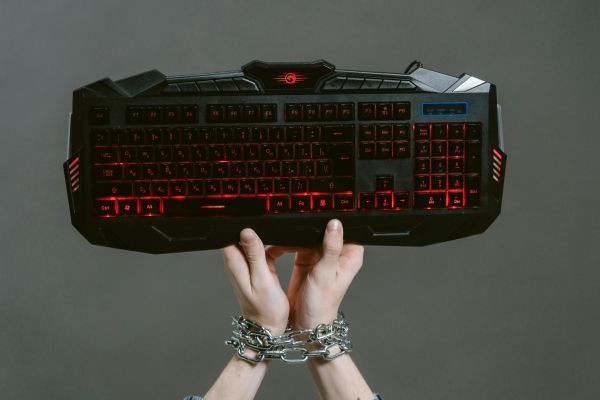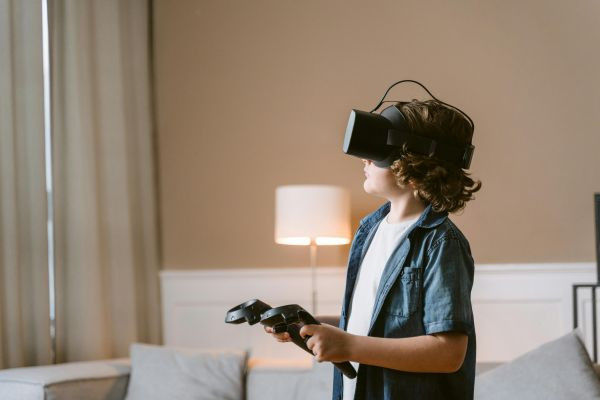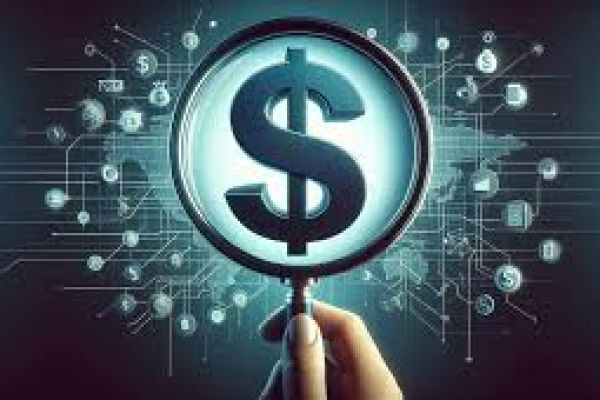Virtual economies have dominated the last decade in gaming. What once was a simple pastime has turned into a very complex ecosystem where players buy, sell, and trade in-game items, and developers use..
12/10/24 • 281 Views
Virtual economies have dominated the last decade in gaming. What once was a simple pastime has turned into a very complex ecosystem where players buy, sell, and trade in-game items, and developers use in-game purchases as a means of generating revenue. Virtual economies are no gimmick; they have changed the way games are designed, played, and monetized. From cosmetic items to large in-game marketplaces, it's hard to deny the fact that virtual economies are shaping the world. But just how are in-game purchases changing gaming? Let's dive into the emergence of virtual economies and how their impact has shaped the game industry for good.
What are virtual economies?
A virtual economy is defined as the buying, selling, and trading of goods and services within a game. Such items may include anything from cosmetic changes, such as skins, outfits, and emotes, to in-game currency or resources, which influence gameplay, for example, powerful weapons or rare items. Such economies can be present in an extremely broad range of games, from MMORPGs like World of Warcraft to battle royales such as Fortnite.
The in-game economy typically is the developers who set up the prices and rules of acquiring items. But the players can take the reins of these economies through trading, buying, and selling of items within the game. This makes for a virtual market that has real-world implications.
Emergence of Free-to-Play Models
This phenomenon traces to the rise of free-to-play games. Traditionally, games were sold with a one-time purchase, in which players paid upfront access to the content. However, there is the rise of mobile gaming with digital distribution platforms that have made F2P gaming possible. Popular titles such as Fortnite, League of Legends, and Apex Legends became available for free download and money through in-game purchases.
In F2P games, the revenue model shifts basically from front-end purchases to micro-transactions. The latter would be cosmetic items such as skins with no effect on game play or convenience items which could be a battle pass providing exclusive content over a period of time. Their main intention is not pay-to-win but to enhance your experience through either personalisation or progression. This allows games to reach larger audiences. A player can try the game for free and then choose to spend on the items.
Cosmetic Purchases Evolution
Cosmetic purchasing is perhaps the most critical development in virtual economies. Cosmetics are the skins, outfits, and other customizations, which feature in virtual economies. People can pay for avatars with skins that alter their looks but not gameplay in Fortnite, League of Legends, and Overwatch. The offers are mostly limited time, and therefore the demand is always there, and urgency is always felt.
Cosmetics success brought loot boxes. These are random virtual items acquired, either with real currencies or in-game. Loot boxes very often possess cosmetic items plus some rare skins. However, these rewards, although appearing to the random, elicited huge debates concerning whether this feature promotes gambling behavior. While some believe that loot boxes increase player engagement and excitement, others believe that they give an unfair advantage to players who can spend more money, hence "pay to win" in some instances.
Despite the controversy, cosmetics turned out to be very profitable for developers. For example, Fortnite received billions of dollars in money from in-game purchases, including skins, emotes, and other cosmetics. The model became so successful that other games started using the same idea, and cosmetic purchases formed a core part of the many virtual economies.
Impact of In-Game Currencies
Virtual economies would depend on in-game currencies in order to support helping the users buy items or up the thing in the game, or other sorts of content inside the game. Main currency that one can use for game economics is lifelines, whether or not it is V-Bucks inside Fortnite or Coins inside Minecraft-things that players can choose: either to earn them, using real-life gameplay or just throw in some hard cash.
The in-game currencies permit players to buy items, rather than constantly exchanging them with real money. They create immersion impossible to achieve otherwise and allow for an economy to be created like the one in reality. In-game currencies further grant control over the flow of items; meaning that players cannot just get everything at once but only after showing commitment.
Impact on Game Design and Player Engagement
Fundamentally changing how a game is designed to now incorporate monetization strategies side-by-side with gameplay mechanisms are its benefits. To maintain equity as well as reward the in-game economy of those users interacting, game developers must always juggle both strategies. Examples for these innovations were battle passes; this was a type of seasonal subscription model through which players get rewards the moment they advance their level. This therefore means one should keep going back for a possible reward to achieve this long-term engagement.
This directly also impacts player behavior. Many players enjoy the satisfaction of receiving or purchasing rare items. Skins, challenges, or ranking up in a battle pass give real-world rewards to make the game more enjoyable. These virtual items usually carry immense value within the community; in rare or exclusive skins, for example, it could become a status symbol.
This is also supported by the in-game purchases, which personalized multiplayer experiences. The avatars or loadouts can be utilized to express one's self, in a unique and customized gaming experience. This level of personalization, driven by virtual economies, increases the socialization of games because players brandish their achievements and other rare items before their friends or the rest of the community.
The Future of Virtual Economies
In-game purchases are looking brighter than the future as the virtual economies boom. Blockchain technology and NFTs entered the game first in a form where in-game items are owner and tradable items outside the game. At this relatively nascent stage, innovations have changed the face of virtual economies with a more tangible connection between the assets in the game and the real world.
A rise in subscription services now has Xbox Game Pass and PlayStation Now, and there is also a means of accessing large libraries of games for those willing to play. More multiplayer, with live-service games also focus the model of in-game purchase.
Conclusion:
The whole course of the video gaming industry has been changed due to virtual economies. It brought more income-generating avenues for the developers and, most importantly, even more engaging activities for the players. Through in-game purchases, it was possible for developers to have free-to-play experiences that were accompanied by the option for personalizing gameplay and progress for players. Although it brings much debate about the issues of fairness and the behavior of players, virtual economies are definitely here to stay. As technology evolves further and innovations with blockchain and NFTs become the reality, virtual economies will continue to transform how we play, monetize, and interact within a virtual world.









